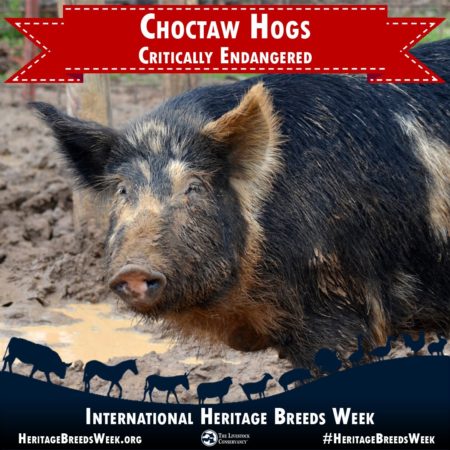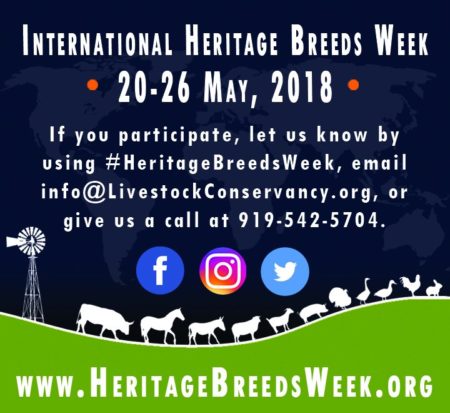
Bit fuzzy on kiwi fruit?
Celebrate International Biodiversity Day in style
Recording coconut traditional knowledge, before it’s too late
Roland Bourdeix has a new coconut video out
and has been telling members of the Coconut Google Group all about it.
1) This is the first documented case in Polynesia where a farmer plants many coconut palms and removes the baddest. I found that most Pacific farmers are generally very conservative and, once a coconut palm is planted, they keep it for a long time, be it a good or a bad producer. Jokingly, we could say that most of these farmers treat coconut palms as members of their families. This movie demonstrates that I was wrong and that, at least in some cases, farmers are applying the technique that is recommended in our website: to plant more coconut palms and to remove those which are not producing well. See the details here and here.
2) I was very surprised to see that this farmer is applying the criteria for selecting coconut fruits similar than those developed in the method proposed by myself, V. Kumar from Fiji and V. Mataora from the Cooks. There is a scene where the farmer is discarding the biggest fruits and keeps only the one with thin husk and big coconut inside. So our method is well connected to some traditional practices, here in Atiu, Cook Islands. It’s pleasant and reassuring, because we did not know the link with traditional practice at the time when we developed this method. See details here.
Once again, this short movie demonstrates how important it is to record the knowledge of the elders before it disappears. As I pointed out during our CIDP meeting on coconut planting material, video is the most convenient way to record this knowledge and transmit it to the new generation. So we recommend all Pacific Islanders agricultural officers and researchers to take their video camera and and save as much of this knowledge as possible before it disappears!
Please let a comment on YouTube, as the more comments we have, the easiest the movie will be located and cited by Web search engines. The movie was done and downloaded in high definition, so if you want to see it in HD, please just click on the parameter icon at down right of the movie window.
Seconded.
Brainfood: Czech genebank value, AnGR value, Korea rice core value, Cannabis value, Red rice diversity, Aquaculture trends, Mexican CWR, Rice male sterility, Evidence base, Siberian cheese
- Estimating the Value of Crop Diversity Conservation Services Provided by the Czech National Programme for Agrobiodiversity. Willingness-to-pay (WTP) amounts to country-wide benefits of $68 million.
- Animal genetic resources diversity and ecosystem services. Traditional breeds make a significant contribution to non-provisioning ecosystem services, but their keepers are often marginalized. Maybe somebody should calculate WTP?
- Genome-wide association study reveals candidate genes related to low temperature tolerance in rice (Oryza sativa) during germination. 100 genes on 2 chromosomes, based on data from the Korean core collection.
- The Role of Agriculture in Supplying Nutritional, Medicinal, and Recreational Cannabis Products. We need a Green Ganja Revolution, man.
- Diversity and population structure of red rice germplasm in Bangladesh. Red rices, actually.
- Comparative terrestrial feed and land use of an aquaculture-dominant world. Farming fish spares more land than farming livestock. And is better for you.
- A Crop Wild Relative Inventory for Mexico. 310 taxa, 30% endemic.
- Genetic analysis of male sterility obtained from a rice cultivar Lebed backcrossed with Taichung 65. You can get it here.
- The major barriers to evidence‐informed conservation policy and possible solutions. Convince the public, and the policy-makers will come.
- Using PacBio sequencing to investigate the bacterial microbiota of traditional Buryatian cottage cheese and comparison with Italian and Kazakhstan artisanal cheeses. Buryatia is a mountainous Russian republic in eastern Siberia, and they make really diverse cheese there, bacterially speaking.
